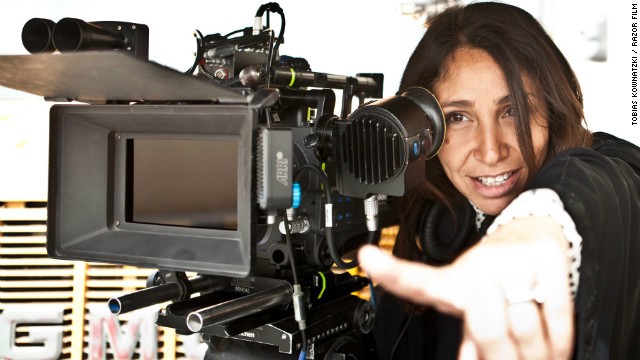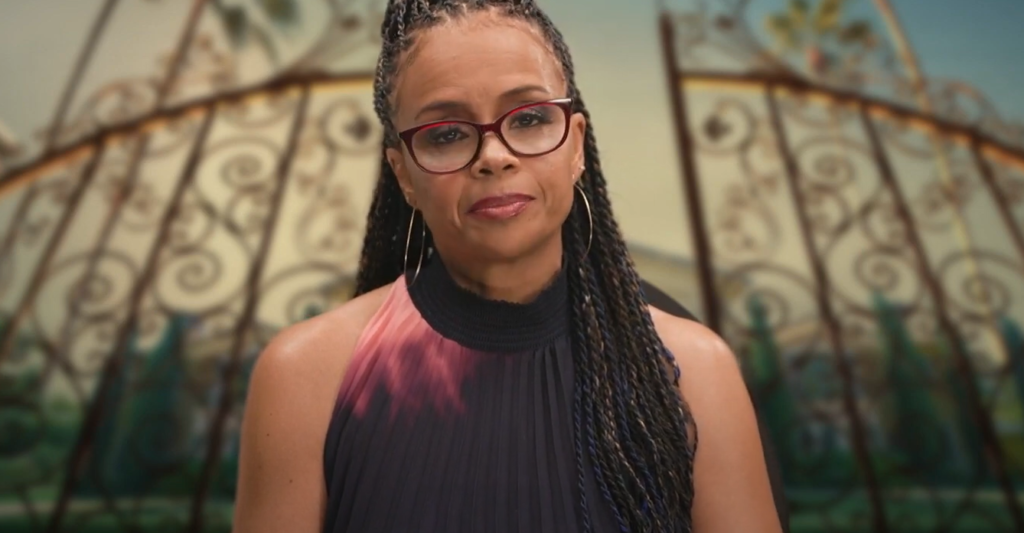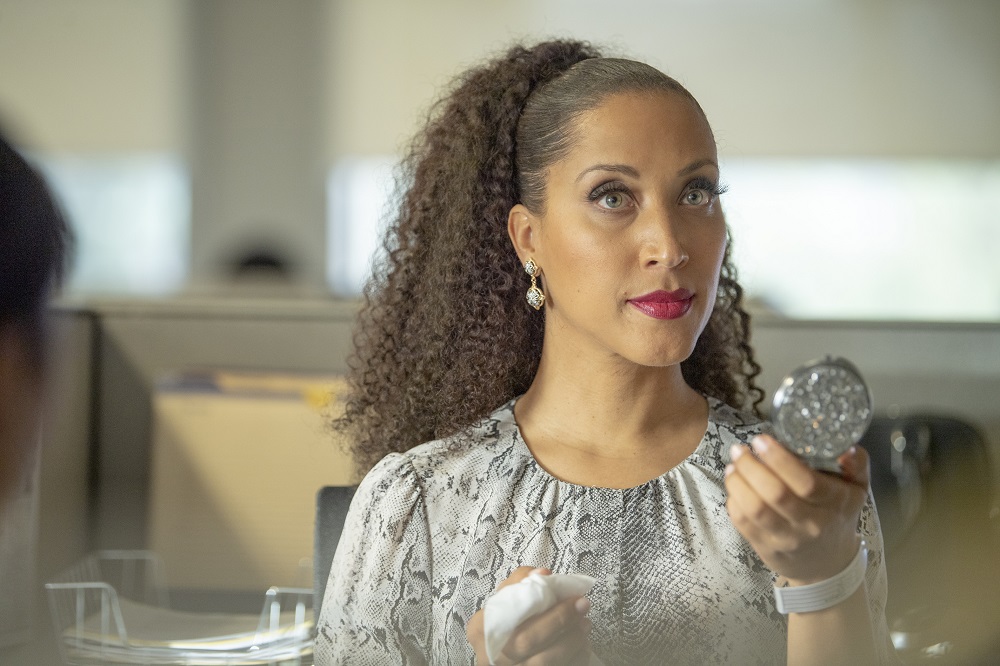According to the latest “Boxed In” report compiled by Dr. Martha M. Lauzen, Executive Director at The Center for the Study of Women in Television and Film at San Diego State University, released on September 18, 2012, 90% of American broadcast television programs employed NO women directors, during the 2011–2012 television season!!
How can it be 2012 and not a single female was hired to direct on the majority of prime time dramas, comedies, or reality series airing on ABC, CBS, CW, Fox, and NBC? Why are we not outraged?
Television is one of America’s most influential exports. Sponsored by companies that court the female consumers and the ultimate transmitter of vital, viral cultural messaging around the world, one would think that women’s voices would have immense, tangible value.
In politics we think of Hollywood as a progressive environment. Isn’t this is the nation where presidents court moguls and movie stars who help elect liberals? And yet there are more women in Congress than women working behind the camera. Women have made strides in every segment of other traditionally male-dominated industries including banking, medicine, technology, manufacturing, law and even trucking! Why not Hollywood?
At a recent panel of successful women in motion pictures, one of the few women running a studio today pondered aloud why more women weren’t directing movies. A brave heckler stood up from the crowd and shouted, “Why don’t you hire some?” Embarrassed, the executive finally admitted that she didn’t know many.
Well, we’re out here, well-trained, ready to go. As co-chair of the Directors Guild of America Women’s Steering Committee, I will lead you toward a squadron of brilliant, skilled women directors. According to the most recent edition of the DGA Directory of Members, there are 1100 women directors. These are not women who want to direct, but experienced directors. A veritable army is waiting.
Admittedly, women’s resumes can sometimes look different from a traditional male bio and it might take a small measure of imagination and instinct to ascertain the right match. Many women, simply because of the absence of opportunity, have cobbled together careers by directing shorts, independent films, theater, creating graphic novels, webisodes and teaching. Some resumes have gaps created by having babies and raising children. Many more women toil in the trenches as Assistant Directors and Unit Production Managers, yearning to move up with few opportunities. It’s high time that our skillful tenacity was valued, not perceived as “less than”, in comparison to men.
Big-name agency representation is another obstacle for many women. Without the validation and veneer of a well-oiled, industry pipeline, access to those who hire is next to impossible. A lawsuit in 1983 prompted some real change. But must we rely upon judges to determine what makes sense and is fair?
Becoming a director is not an easy road for anyone, male or female. It’s a destination job with no prescribed ladder to climb and everyone arrives from his or her own, unique path — though it’s mostly white men who accomplish the journey. If we ever hope to change the status quo, we must create dynamic programs that support diversity — not bogus, shadowing programs, but genuine job-creating mechanisms for accomplished, seasoned professionals.
Of course there are no simple answers and as in any movement, even the downtrodden don’t know the best way forward. Many advocate political activism while others are fearful of creating an angry, negative impression. But gaining the women’s vote, the labor movement and civil rights didn’t happen without a fight and if we women are ever going to make a change we have to be willing to make some noise.
Certainly, there are a handful of women directors who thrive at the highest level and at every mention of diversity their names are brandished like flags creating a false illusion of improvement. We applaud and celebrate these women but a few women who work again and again is not true forward momentum.
Years ago, during a heated industry meeting regarding the fight to increase employment for women directors, Victoria Hochberg, a life-long warrior in that cause, witnessed Mel Brooks stand up at a crucial moment to defend the women. “You are nit-picking and pettifogging these women into the shit house!” he said. With his words still resonating, the chairman banged his gavel and a vote was taken. The women prevailed. After all, Mr. Brooks’ own wife, Anne Bancroft was a brilliant director herself and he knew first-hand the sweeping, nonsensical prejudice women directors face.
USC’s School of Cinematic Arts student body is currently half female and that’s thrilling but when these young women enter the work force they will not be walking onto a level playing field. The only way this will change is if YOU make that change. Do it for your wives, daughters, friends and sisters. Do it because it’s right. The answer is simple — hire women directors.
_____________________________________________________
Rachel Feldman is a DGA director, a WGA writer, an adjunct Professor in Directing at The USC School of Cinematic Arts MFA program, and co-chair of the Women’s Steering Committee of the Directors Guild of America. You can reach her at rachelfe@usc.edu where she will be delighted to provide a customized list of directors to suit your needs.







